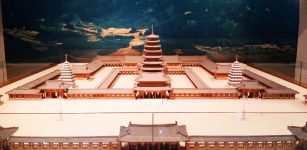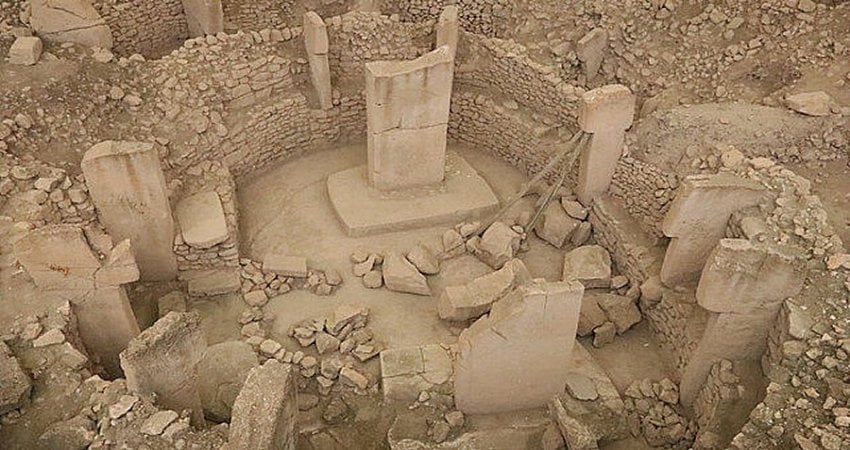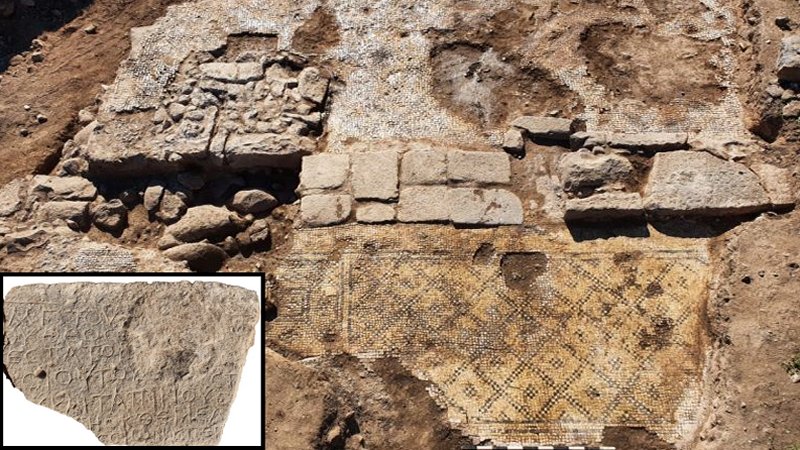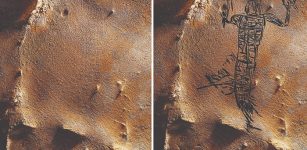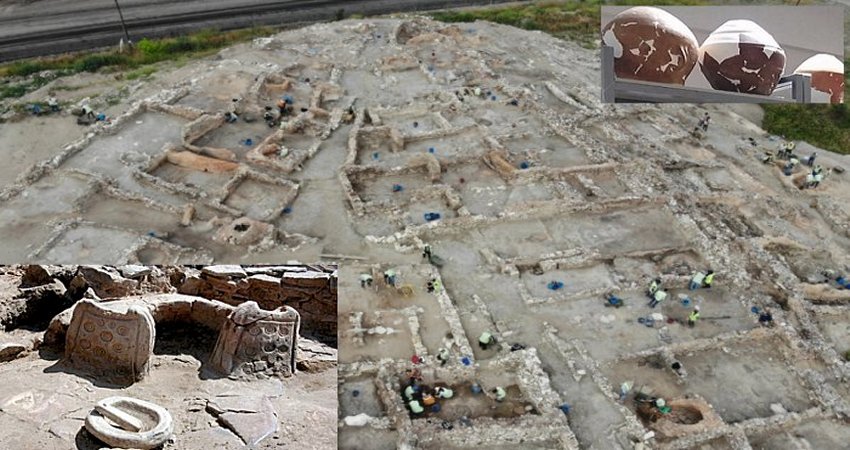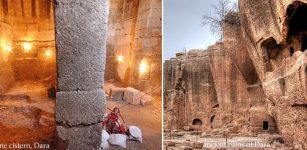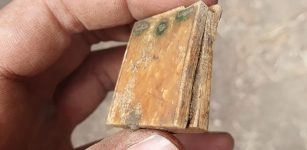Forensic Technology Reveals Secrets Of Roman-Era Egyptian Mummy Portraits
MessageToEagle.com – Using sophisticated technology, a Northwestern University team led by archaeological scientist Marc Walton has carried out a cutting-edge study of 15 Romano-Egyptian mummy portraits from the site of Tebtunis in Egypt.
Researchers conducted pigment analysis and discovered that three of the portraits probably came from the same workshop and were possibly done by the same by Roman-Egyptian artists to paint lifelike mummy portraits more than 2,000 years ago. These visages of the dead are considered to be antecedents of Western portraiture.
“Our materials analysis provides a fresh and rich archaeological context for the Tebtunis portraits, reflecting the international perspective of these ancient Egyptians,” Marc Walton from Northwestern University said in a press release.
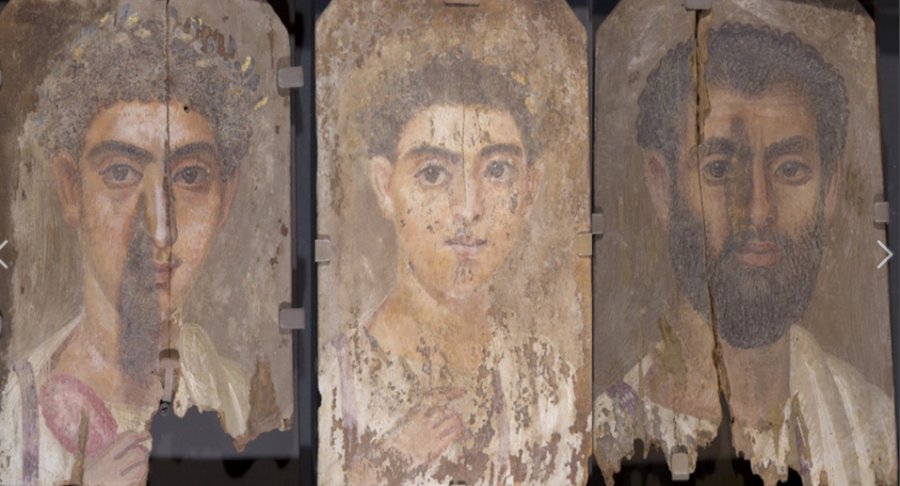
“For example, we found that the iron-earth pigments most likely came from Keos in Greece, the red lead from Spain, and the wood substrate on which the portraits are painted came from central Europe. We also know the painters used Egyptian blue in an unusual way to broaden their spectrum of hues.”
The researchers identified the pigments used by the artists and the order the paints were applied and to which regions, as well as sources of materials and the style of brushstrokes used.
Details of the pigments and their distribution led the researchers to conclude that three of the paintings likely came from the same workshop and may have been painted by the same hand.
“Our materials analysis provides a fresh and rich archaeological context for the Tebtunis portraits, reflecting the international perspective of these ancient Egyptians,” Walton said.
“For example, we found that the iron-earth pigments most likely came from Keos in Greece, the red lead from Spain and the wood substrate on which the portraits are painted came from central Europe. We also know the painters used Egyptian blue in an unusual way to broaden their spectrum of hues.”
The well-preserved mummy portraits are extremely lifelike paintings of specific deceased individuals. Each portrait would have been incorporated into the mummy wrappings and placed directly over the person’s face.
They were excavated more than 100 years ago at the site of Tebtunis (now Umm el-Breigat) in the Fayum region of Egypt. The set is now housed at the Phoebe A. Hearst Museum of Anthropology at the University of California, Berkeley.
“Our goal is to use objects themselves as evidence for their production,” Walton said. “In our interrogation, we have used a number of cutting-edge analytical tools developed here at Northwestern to uncover new and intriguing clues about how to identify the hand of an individual artist.”
MessageToEagle.com
source: Northwestern University


